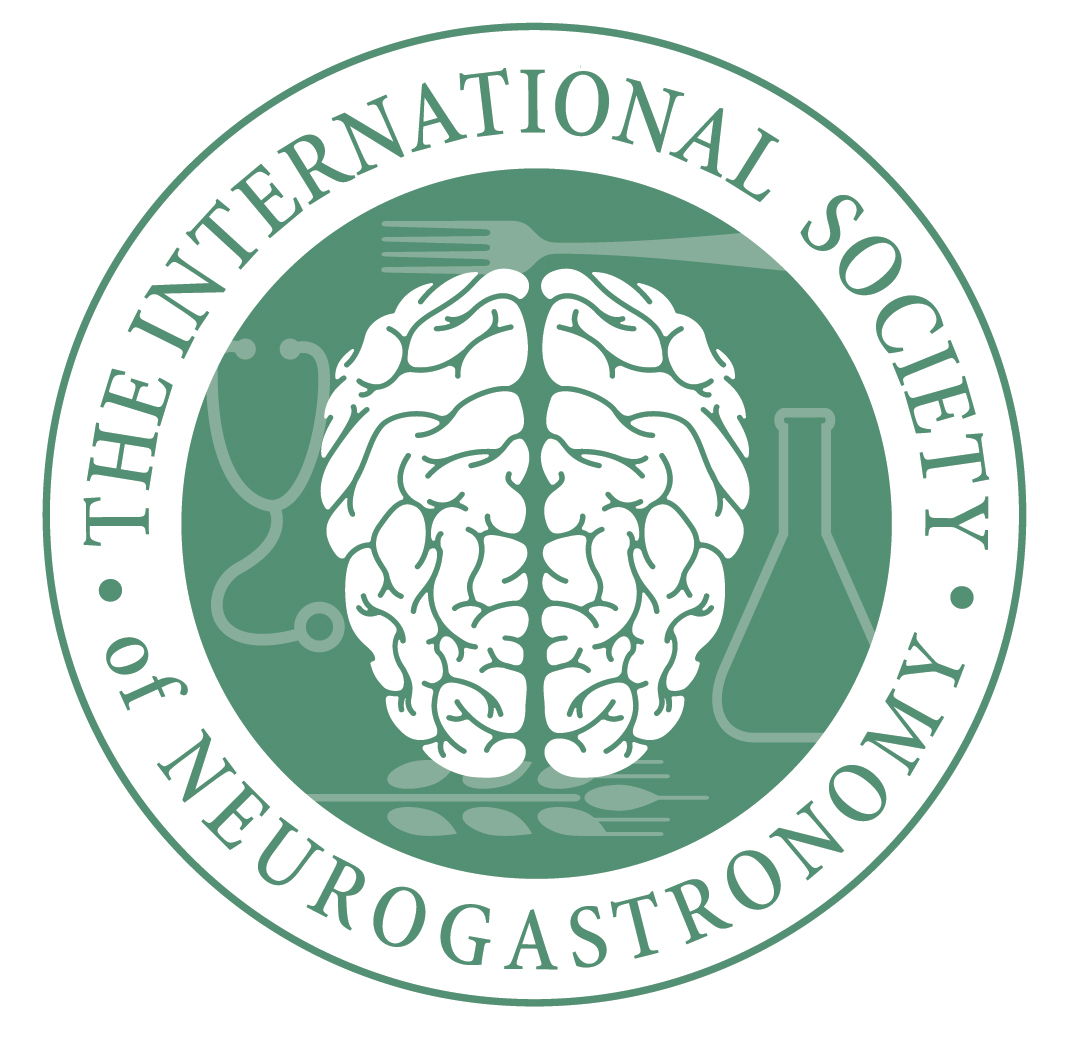16th Pangborn Sensory Science Symposium
Connecting Senses and Minds
August 17-21, 2025 | Philadelphia, USA
Nearly 1000 delegates have already registered
At the heart of Sensory & Consumer Science stands collaboration – integrating approaches and findings from different disciplines, working across functional areas, and connecting across borders, time zones, and cultures.
This collaborative mindset sits at the center of our discipline, to truly understand sensory perception, gain consumer insights, and to deliver impactful results.
We invite you to join us in 2025 for the 16th Pangborn Sensory Science Symposium - Connecting Senses & Minds!
Topics include
- SCS with ‘Artisan’ experts
- Non-food sensory & consumer science
- Sensometrics & data science
- Understudied populations
- Sensory methodology
- Fundamentals of human perception
- Texture perception and food oral processing
- Intersection of health and sensory consumer science
- Human machine interface
Your registration also includes access to a number of online pre-conference events designed to help you make the most out of your time at Pangborn 2025.
Related event
 Delegates to Pangborn 2025 are entitled to free registration and access to the International Society of Neurogastronomy Symposium on August 16 – 17, 2025
Delegates to Pangborn 2025 are entitled to free registration and access to the International Society of Neurogastronomy Symposium on August 16 – 17, 2025
Confirm your attendance at ISN 2025 here
Conference Chairs
- Helene Hopfer, The Pennsylvania State University, USA
- Curtis Luckett, Ingredion, USA
- Alissa Nolden, University of Massachusetts Amherst, USA
Plenary speakers
-
Jianshe Chen, A*Star, Singapore
Gail Vance Civille,Sensory Spectrum, USA
Emma Feeney, University College Dublin, Ireland
John Hayes, Penn State, USA
Asifa Majid, University of Oxford, UK
Carolyn Ross, Washington State University, USA
Markus Stieger, Wageningen University & Research, The Netherlands
Qian Janice Wang, University of Copenhagen, Denmark
